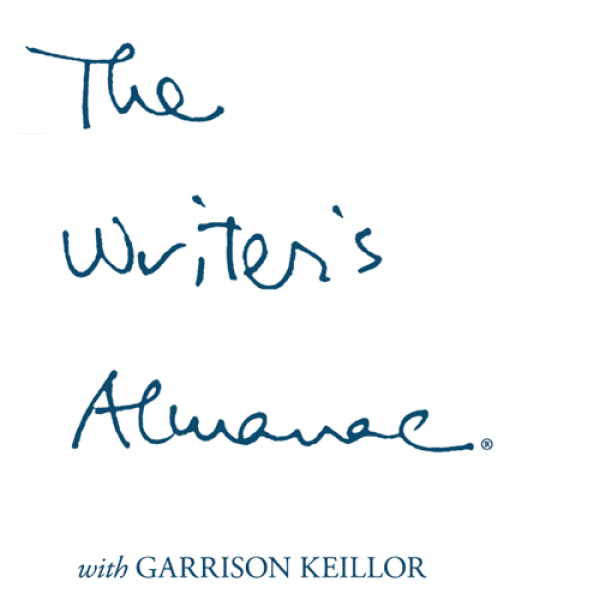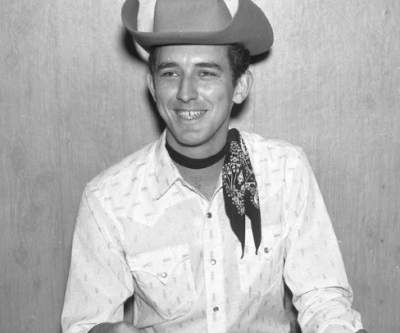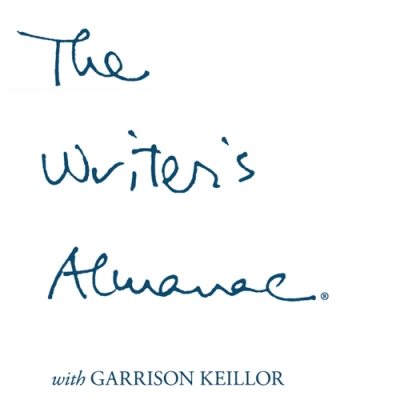December 20, 2018
Tuesday
8:00 p.m.
Minneapolis, MN
Test schedule
A live performance with Robin and Linda Williams at the Cedar Cultural Center
May 20, 2018
Sunday
3:00 p.m.
Lexington, MA
Lexington, MA
A live performance at the Saenger Theatre
April 10, 2018
Tuesday
8:00 p.m.
Tulsa, OK
Tulsa, OK
A live performance at the Brady Theater
March 17, 2018
Saturday
8:00 p.m.
Long Beach, CA
Long Beach, CA
A live performance at the Carpenter Performing Arts Center
March 15, 2018
Thursday
7:00 p.m.
Mobile, AL
Mobile, AL
A live performance at the Saenger Theatre
“The Second Coming” by William Butler Yeats. Public domain. (buy now)
Turning and turning in the widening gyre
The falcon cannot hear the falconer;
Things fall apart; the centre cannot hold;
Mere anarchy is loosed upon the world,
The blood-dimmed tide is loosed, and everywhere
The ceremony of innocence is drowned;
The best lack all conviction, while the worst
Are full of passionate intensity.
Surely some revelation is at hand;
Surely the Second Coming is at hand.
The Second Coming! Hardly are those words out
When a vast image out of Spiritus Mundi
Troubles my sight: somewhere in sands of the desert
A shape with lion body and the head of a man,
A gaze blank and pitiless as the sun,
Is moving its slow thighs, while all about it
Reel shadows of the indignant desert birds.
The darkness drops again; but now I know
That twenty centuries of stony sleep
Were vexed to nightmare by a rocking cradle,
And what rough beast, its hour come round at last,
Slouches towards Bethlehem to be born?
It’s the birthday of French writer and artist Jean Cocteau, (books by this author) born in Maisons-Laffitte, France (1889), who hung out with Picasso, Proust, and Erik Satie. He called poetry the foundation of art and a “religion without hope.”
He was prolific in all sorts of media, and in addition to writing poetry and novels, he wrote plays for theater and screenplays for film, and he illustrated poetry collections, composed artwork, and produced radio broadcasts.
Despite all of the occupations at which he was successful, he considered himself foremost a poet, and he said that all of his work was poetry. And he once said, “Poetry is indispensable — if I only knew what for.”
It’s the birthday of the man for whom the prestigious Rhodes Scholarship is named, Cecil Rhodes, born in Hertfordshire, England (1853). He founded the De Beers diamond company, which made him a very rich man.
In his final will and testament, he established the Rhodes Scholarship to fund postgraduate study at Oxford University for students from countries that were under British rule, or formerly under British rule, or from Germany. Rhodes himself was a graduate of Oxford, finishing his degree nine and one-half years after starting it.
On this date in 1937, Hormel Foods first introduced SPAM to America. It’s pre-cooked pork and ham in a can, with a little potato starch, salt, and sugar. Sodium nitrate is added to keep it pink; without it, pork tends to turn gray. It also has a gelatinous coating of aspic, which forms when the meat cools.
It was originally called “Hormel Spiced Ham,” but that proved less than compelling to consumers, so the company held a contest to rename the affordable meat product. The winner, Kenneth Daigneau, received a hundred bucks. There’s no consensus on what the name actually stands for; a common theory is that it’s a portmanteau of “spiced meat and ham.” In Britain, where it was a popular wartime food, they called it “Specially Processed American Meat” or “Supply Pressed American Meat.” A host of tongue-in-cheek acronyms have also arisen, like “Something Posing As Meat,” “Special Product of Austin, Minnesota,” and “Spare Parts Animal Meat.” Whatever it stands for, Hormel specifies that it should be written in all caps.
And then of course there’s the famous Monty Python sketch where the restaurant patron is informed that the menu consists of “SPAM, egg, SPAM, SPAM, bacon, and SPAM …” and so on, complete with Vikings chanting “SPAM, SPAM, SPAM, SPAM” in the background. It’s relentless, even after the woman protests that she doesn’t like SPAM, and that’s how the unsolicited and unwanted bulk e-mail advertising that clogs all our inboxes got its name.
On this date in 1946, the bikini was introduced in Paris. That summer, designer Jacques Heim came up with a revealing two-piece outfit, which he called the Atom: “the world’s smallest bathing suit.” But credit goes to his competitor, French mechanical engineer-turned-swimsuit designer Louis Réard, who unveiled his design on July 5. He predicted that the skimpy swimwear would cause a cultural explosion to rival the recent nuclear tests at Bikini Atoll, and that’s where he got the name that stuck. Réard couldn’t find a model who was willing to wear such a revealing outfit, so he had to hire an exotic dancer from the Casino de Paris. He got 50,000 fan letters, and famously stated in his ads that a swimsuit wasn’t really a bikini unless you could pass it through a wedding ring.
The brief two-piece swimsuit dates back much further than this name, however. Roman mosaics and paintings depict women swimming in outfits that resemble the modern bikini, and historians have found evidence that a form of our modern bikini may have been popular in ancient Minoan civilizations about 3,600 years ago.
In 1954, Elvis Presley recorded his first single, “That’s All Right (Mama),” on this date. Elvis was in the studio at Sun Records, and Sam Phillips wasn’t too impressed with what he’d done so far: lackluster renditions of “Harbor Lights” and “I Love You Because.” He called for a break, and Elvis started jamming with the band, knocking out an up-tempo rendition of blues singer Arthur “Big Boy” Crudup’s 1946 single. Phillips stuck his head out of the control room to ask what they were doing. Guitarist Scotty Moore said, “We don’t know,” and Phillips ordered, “Well, back up, try to find a place to start, and do it again.” It was released on July 19, and was a regional hit. It didn’t get big nationally, but it kicked off Elvis’s career, and a new form of popular music: rock and roll.
On this date in 1687, Isaac Newton (books by this author) published one of the most important books in the history of science. Its full name is Philosophiae Naturalis Principia Mathematica, or “Mathematical Principles of Natural Philosophy.” It had begun as a brief tract called “On Motion,” in which Newton had discussed mathematical theories of planetary motion. Almost as soon as he’d finished writing it, he began revising and expanding it. And when he’d finished, the Principia contained Newton’s three laws of motion, including, “Objects in motion tend to remain in motion,” and “For every action, there is an equal and opposite reaction.” Newton also unified celestial and terrestrial mechanics under one umbrella: gravity, which caused planets to orbit the Sun, moons to orbit planets, and earthly objects — like apples — to fall to the ground when dropped.
The Battle of Osan took place on this date in 1950. It was the first face-off of American and North Korean troops in the Korean War, which had begun on June 25, 1950, when the Soviet- and Chinese-backed North Korean People’s Army crossed the 38th parallel into the pro-Western Republic of South Korea. Three days later, they had captured Seoul. It was the first open military action of the Cold War, and it triggered a police action by the United Nations. In turn, the United States saw it as a chance to defend democracy from the threat of Communism. President Truman, fresh from fighting the Axis Powers in World War II, was eager to prevent a similar situation in Asia.
So on this date, Task Force Smith was deployed to Osan, just south of Seoul. Their mission was to hold off the North Korean advance until further American reinforcements could arrive. They weren’t adequately armed; they didn’t have any anti-tank weaponry, and the North Korean tank column rolled right through them. Although they were able to buy a little time by firing at the infantry, the American forces lost the battle and the task force retreated.






